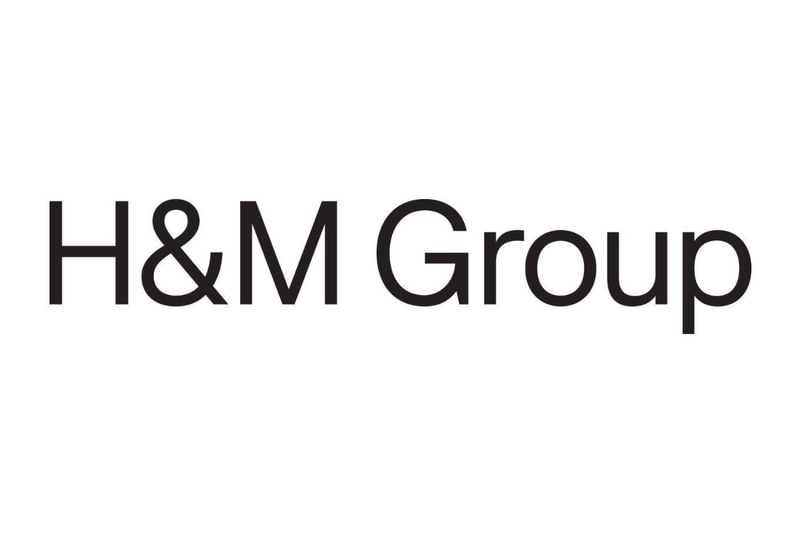
Automotive and Land Transport
Transport emissions account for more than a third of global CO2 emissions from end-use sectors, with the majority coming from the automotive and land transport sectors. Companies in these sectors are encouraged to set science-based targets using the SBTi Land Transport Guidance. The SBTi is also developing the Automotive Sector Net-Zero Standard and will begin pilot testing this year.
The draft Automotive Sector Net-Zero Standard
The SBTi has developed a draft Automotive Net-Zero Standard (‘Automotive Standard’)—a new framework tailored for automakers and auto parts manufacturers to set science-based targets aligned with keeping global heating below catastrophic levels and reaching net-zero by 2050.
An initial public consultation on the first draft of the Automotive Sector Net-Zero Standard was held from June to August 2025. The SBTi received over 120 responses from a diverse range of stakeholders interested in the decarbonization of the automotive sector and its experts are now working to analyze feedback.
A refined version of the Automotive Standard is currently being developed for pilot testing and a second public consultation. The SBTi recently closed its call for companies to pilot test the draft Standard, and has begun reviewing applications. Pilot testing and the second public consultation is expected to take place during Q4 2025-Q1 2026.
Once operational, the final Automotive Net-Zero Standard will replace the SBTi’s Land Transport Guidance for automakers and auto parts manufacturers, and will become mandatory for these companies after a 6-month grace period. The Land Transport Guidance will remain applicable for all other companies in the sector.
To learn more about the Automotive Standard project, read the SBTi Automotive Standard Terms of Reference. Stay up to date on the latest opportunities to share your feedback on the draft Automotive Standard by signing up for our newsletter.
Why take action?
Emissions from the transport sector are one of the fastest growing of all end-use sectors. Climate change poses growing risks to the automotive industry, from supply chain disruptions and rising regulatory pressure, to shifting consumer preferences and increased investor scrutiny.
To remain competitive and avoid the devastating impacts of climate change, the land transport sector must rapidly reduce emissions. Acting now not only helps mitigate risk but also unlocks key opportunities: leading the shift to electrification, improving efficiency and cutting costs, building long-term resilience and staying ahead in a fast-changing market.
Companies in this sector can use the SBTi’s Land Transport Guidance today to set science-based targets. To find out more about how to get started in your target-setting process, visit SBTi Services.
Set targets with the SBTi’s Land Transport Guidance
In March 2024 the SBTi published their Land Transport Science-Based Target-Setting Guidance (‘Land Transport Guidance’). This guidance sets out the SBTi’s current target-setting criteria and recommendations for the land transport sector i.e. companies dedicated to passenger and freight transport activities via road and rail.
For the first time, this guidance aligns automakers’ largest source of emissions—scope 3, category 11 ‘use phase emissions’ (those from driving sold vehicles)—with limiting global heating to 1.5°C. It also includes a commitment to work towards the phase out of new internal combustion engine cars and vans by 2035 in leading markets, and globally by 2040 or earlier. Companies may demonstrate this commitment by signing the international Zero Emission Vehicles (ZEV) Declaration.
While the SBTi’s Automotive Standard is being developed, automakers and auto parts manufacturers should use the Land Transport Guidance to set science-based targets today.
The SBTi's wholly-owned subsidiary, SBTi Services, checks and validates the science-based targets of corporates, financial institutions and small and medium-sized enterprises.
By validating your targets with SBTi Services, you will:
- Demonstrate that your climate goals are robust and credible to investors and customers.
- Ensure your targets for reducing emissions are aligned with the latest climate science.
- Gain reassurance that your goals will remain relevant in the near- and long-term through re-validation by SBTi Services following mandatory target recalculation.
So what are you waiting for? Visit the SBTi Services website to get started today!
Land transport companies can set targets for their scopes 1 and 2 emissions using SBTi’s cross-sector methodologies and Corporate Near-Term Criteria.
Companies in any sector with large land transport emissions in their value chain can use the Sectoral Decarbonization Approach (SDA) Transport Tool to set scope 3 targets covering their subcontracted transport emissions. The SDA Transport Tool is a technical resource to model science-based targets for direct and indirect transport emissions. The tool is focused on land transportation for passenger and freight activities, incorporating best practices for science-based target setting.
The SDA Transport Tool is available to assist companies with modeling scope 3 targets only. This tool is not applicable for companies that own and/or control transport operations or automakers setting scope 3, category 11 targets. Instead, these companies should use the Corporate Near-Term Tool. Near-term targets can be calculated using the scope 3 tab in this tool, which calculates well-to-wheel absolute emissions for the lifetime of the vehicles sold within the base year, across the entire vehicle portfolio.
Long-term targets should be set in accordance with the SBTi’s Corporate Net-Zero Standard Criteria using the Corporate Net-Zero Tool.
The Automotive Standard Project is being developed by the SBTi with support of the Smart Freight Centre.
Expert Advisory Group (EAG): Composed of technical experts from corporates, finance, academia, research, government, non-profit and multilateral organizations. EAG members provide technical advice over the duration of the project. This volunteer advisory role informs the development of practical and ambitious standards.
The SBTi Automotive EAG consists of the following individuals:
- Ada Kong, Greenpeace East Asia
- Aidan Mock, Global Platform for Sustainable Natural Rubber
- Alexandra Toth, Cummins, Inc.
- Benoît Chéhère, Michelin
- Björn Brovik, Volvo Group
- Dahai Meng, NIO
- Daniel Cooper, University of Michigan
- Diep Russ, Daimler Truck AG
- Eleonora Volpe, European Environmental Bureau
- Francois Cuenot, UN Economic Commission for Europe
- Georg Bieker, International Council on Clean Transportation
- Heather Lee, Solutions for our climate
- Henry Kamau, Sustainable Transport Africa
- Julia Poliscanova, Transport & Environment
- Mat McDermid, The Sunrise Project
- Michael Doerr, BMW Group
- Peter Chigada, Jaguar Land Rover
- Rentaro Kuroki, Toyota Motor Corporation
- Ricardo Junqueira Fujii, WWF-Brazil
- Rui Wang, Geely holding group
- Sameen Khan, Climate Group
- Samreen Afzal, Columbia University
- Sandeep Sharma, Continental Automotive Components India
- Sandy Winkler, Ford Motor Company
- Tina Dettmer, Volkswagen Group
- Upendra Weerathunga, Brunel University London
- Veronica Bradley, Clean Fuels Alliance America
- Virginie Sauvet-Goichon, Renault Group
- Xin Sun, China Automotive Technology and Research Center Co.,Ltd. (CATARC)
- Zhengyi Wang, Lotus Technology Inc.
EAG members volunteer in a personal capacity to provide technical advice over the duration of the project. While their expertise helps guide the development process, final content decisions rest solely with the SBTi. As a result, the final output does not necessarily represent or imply endorsement by individual EAG members or their employers.
Resources for land transport companies setting targets
- SBTi Land Transport Guidance
- SDA Transport Tool
- Getting Started Guide for Science-Based Target Setting
- Corporate Near-Term Criteria
- Corporate Net-Zero Standard Criteria
- Procedure for Validation of SBTi Targets
- Corporate Near-Term Tool
- Corporate Net-Zero Tool
- SBTi Criteria Assessment Indicators: Consolidates all criteria across SBTi resources, providing descriptions of the minimum documentation required to demonstrate alignment with each criteria point.
The Automotive Standard development project
- SBTi Automotive Sector Net-Zero Standard Pilot Test Terms of Reference
- SBTi Automotive Sector Net-Zero Standard public consultation draft V0.1
- SBTi Automotive Net-Zero Standard V0.0 public consultation draft executive summary, available in:
- SBTi Automotive Standard Terms of Reference
- Draft Automotive Target-Setting Tool
- SBTi Automotive Standard Expert Advisory Group Terms of Reference
Use this form to give feedback on the Automotive Sector Standard Project.
For further information on the project, please email transport@sciencebasedtargets.org.



